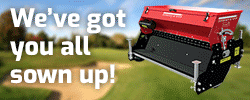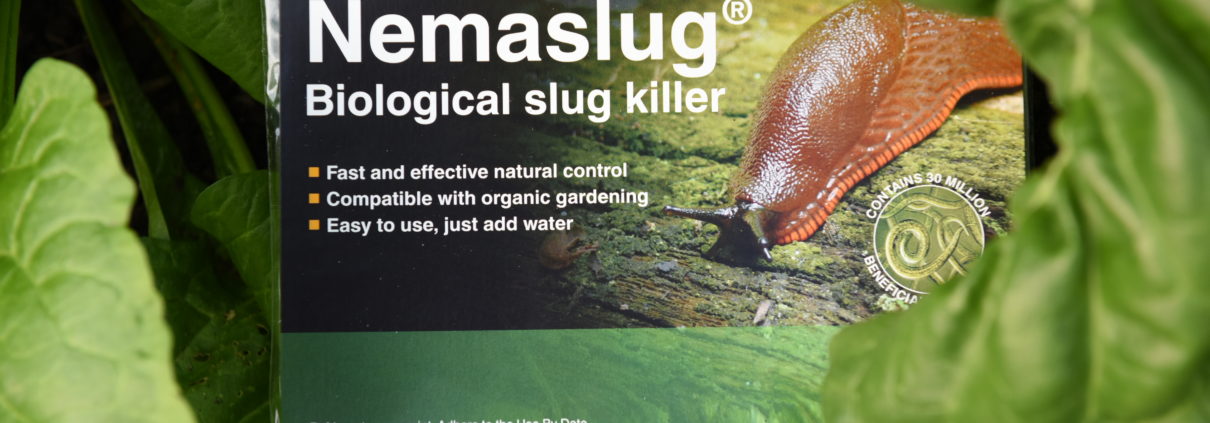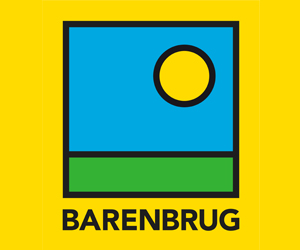Track Turf Pests This Summer
Track Turf Pests This Summer: The new Turf Pest Tracker will follow the timing and movement of the adult life cycle stages of key turf pests this summer, to get a better picture of when and where the pests are flying.
The GreenCast website enables all turf managers and agronomists to report activity of the main chafer species and crane fly, using their phone, tablet or computer. Sightings are instantly recorded on maps, giving the chance to visually check out the level of pest presence reported in any local area.
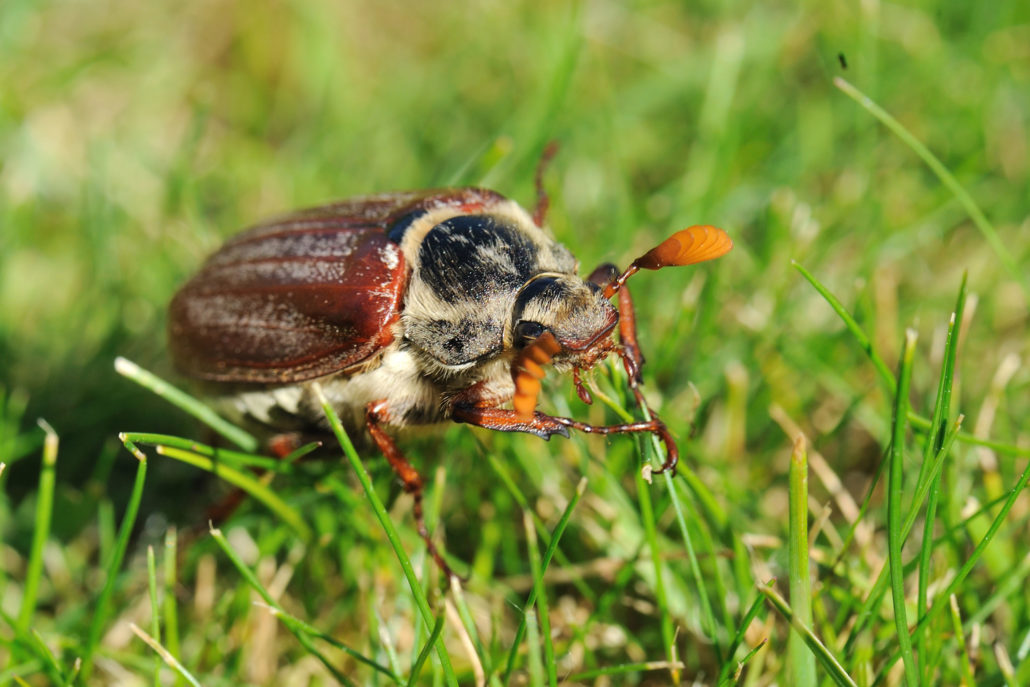
Turf Pest Tracker is supported by an on-line pest identification and lifecycle guide, along with information to tailor an effective Integrated Pest Management programme.
Chafer grubs and leatherjacket soil pests can result in severe damage to turf roots and surface quality, along with extensive damage from their predators uprooting turf.
Highlighting the value of Turf Pest Tracker for the industry, Syngenta Technical Manager, Glenn Kirby, said: “Accurate identification and knowing your target soil pest life-cycle is essential for an effective integrated control programme and optimum timing of controls.”
He believes live tracking of adult pest activity will give a valuable early warning of potential soil pest activity and where problems may strike.
“Changing climatic trends have blurred the historic east/west split, which typically saw chafers more prevalent the east and leatherjackets more common in the west.
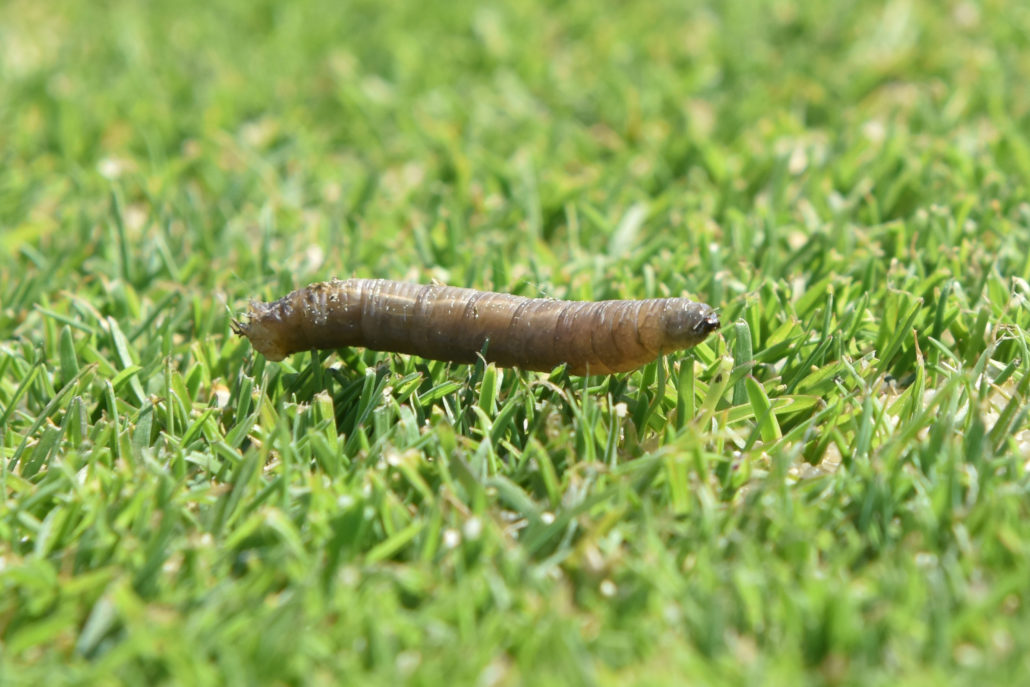
“Also, changes in weather patterns – along with the adapting life-cycle of the insects – have further complicated predicting pest activity.”
Glenn pointed out that last season, for example, the intense heat and dry conditions appeared to delay the emergence of crane fly – the adult stage of leatherjackets – for up to a month later than the July/August norm. Crane fly were even reported emerging and on the wing in October, making it difficult to target control of resulting larvae.
“The more people that get involved with Turf Pest Tracker, the clearer the picture the industry will have to tackle the issues,” he added.
Turf Pest Tracker is available to report and view insect activity on the Syngenta GreenCast website, www.greencast.co.uk Updates and information will be regularly shared on Twitter: @syngentaturfuk #PestTracker
For the latest industry news visit turfmatters.co.uk/news
Get all of the big headlines, pictures, opinions and videos on stories that matter to you.
Follow us on Twitter and Instagram for fun, fresh and engaging content.
You can also find us on Facebook for more of your must-see news, features, videos and pictures from Turf Matters.
